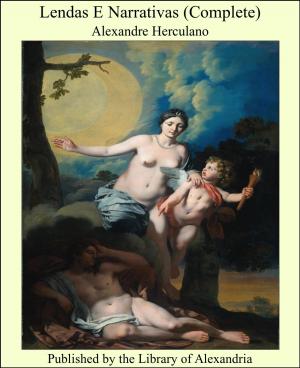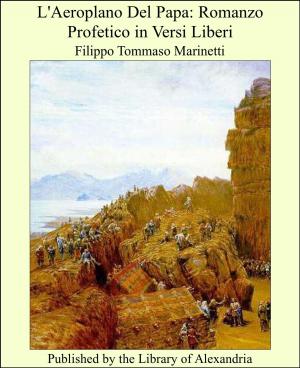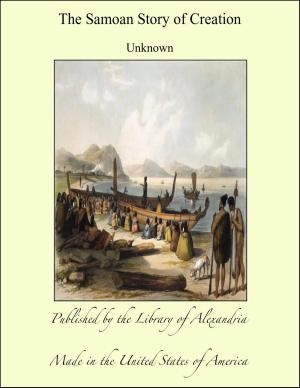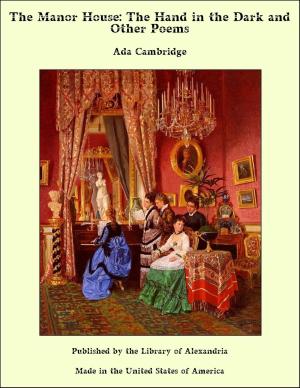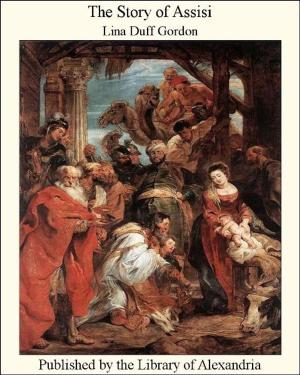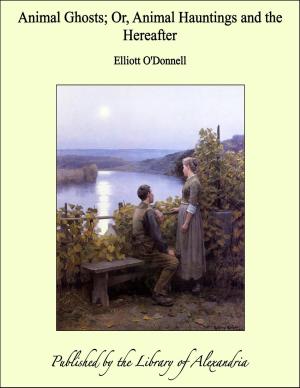Legends of Florence: Collected from the People
Nonfiction, Religion & Spirituality, New Age, History, Fiction & Literature| Author: | Charles Godfrey Leland | ISBN: | 9781465606419 |
| Publisher: | Library of Alexandria | Publication: | March 8, 2015 |
| Imprint: | Language: | English |
| Author: | Charles Godfrey Leland |
| ISBN: | 9781465606419 |
| Publisher: | Library of Alexandria |
| Publication: | March 8, 2015 |
| Imprint: | |
| Language: | English |
This book consists almost entirely of legends or traditions of a varied character, referring to places and buildings in Florence, such as the Cathedral and Campanile, the Signoria, the Bargello, the different city gates, ancient towers and bridges, palaces, crosses, and fountains, noted corners, odd by-ways, and many churches. To all of these there are tales, or at least anecdotes attached, which will be found as entertaining to the general reader as they will be interesting, not to say valuable, to the folklorist and the student of social history; but here I must leave the work to speak for itself. I originally intended that this should be entirely a collection of relics of ancient mythology, with superstitions and sorceries, witchcraft and incantations, or what may be called occult folk-lore, of which my work on “Etruscan-Roman Remains in Popular Tradition” consists, and of which I have enough additional material to make a large volume. But having resolved to add to it local legends, and give them the preference, I found that the latter so abounded, and were so easily collected by an expert, that I was obliged to cast out my occult folk-lore, piece by piece, if I ever hoped to get into the port of publication, according to terms with the underwriters, following the principle laid down by the illustrious Poggio, that in a storm the heaviest things must go overboard first, he illustrating the idea with the story of the Florentine, who, having heard this from the captain when at sea in a tempest, at once threw his wife into the raging billows—perche non haveva cosa più grave di lei—because there was nought on earth which weighed on him so heavily. There are several very excellent and pleasant works on Old Florence, such as that portion devoted to it in the “Cities of Central Italy,” by A. J. C. Hare; the “Walks about Florence,” by the Sisters Horner; “Florentine Life,” by Scaife; and the more recent and admirable book by Leader Scott, which are all—I say it advisedly—indispensable for those who would really know something about a place which is unusually opulent in ancient, adventurous, or artistic associations. My book is, however,entirely different from these, and all which are exclusively taken from authentic records and books. My tales are, with a few exceptions, derived directly or indirectly from the people themselves—having been recorded in the local dialect—the exceptions being a few anecdotes racy of the soil, taken from antique jest-books and such bygone halfpenny literature as belonged to the multitude, and had its origin among them. These I could not, indeed, well omit, as they every one refer to some peculiar place in Florence. To these I must add several which remained obscurely in my memory, but which I did not record at the time of hearing or reading, not having then the intention of publishing such a book.
This book consists almost entirely of legends or traditions of a varied character, referring to places and buildings in Florence, such as the Cathedral and Campanile, the Signoria, the Bargello, the different city gates, ancient towers and bridges, palaces, crosses, and fountains, noted corners, odd by-ways, and many churches. To all of these there are tales, or at least anecdotes attached, which will be found as entertaining to the general reader as they will be interesting, not to say valuable, to the folklorist and the student of social history; but here I must leave the work to speak for itself. I originally intended that this should be entirely a collection of relics of ancient mythology, with superstitions and sorceries, witchcraft and incantations, or what may be called occult folk-lore, of which my work on “Etruscan-Roman Remains in Popular Tradition” consists, and of which I have enough additional material to make a large volume. But having resolved to add to it local legends, and give them the preference, I found that the latter so abounded, and were so easily collected by an expert, that I was obliged to cast out my occult folk-lore, piece by piece, if I ever hoped to get into the port of publication, according to terms with the underwriters, following the principle laid down by the illustrious Poggio, that in a storm the heaviest things must go overboard first, he illustrating the idea with the story of the Florentine, who, having heard this from the captain when at sea in a tempest, at once threw his wife into the raging billows—perche non haveva cosa più grave di lei—because there was nought on earth which weighed on him so heavily. There are several very excellent and pleasant works on Old Florence, such as that portion devoted to it in the “Cities of Central Italy,” by A. J. C. Hare; the “Walks about Florence,” by the Sisters Horner; “Florentine Life,” by Scaife; and the more recent and admirable book by Leader Scott, which are all—I say it advisedly—indispensable for those who would really know something about a place which is unusually opulent in ancient, adventurous, or artistic associations. My book is, however,entirely different from these, and all which are exclusively taken from authentic records and books. My tales are, with a few exceptions, derived directly or indirectly from the people themselves—having been recorded in the local dialect—the exceptions being a few anecdotes racy of the soil, taken from antique jest-books and such bygone halfpenny literature as belonged to the multitude, and had its origin among them. These I could not, indeed, well omit, as they every one refer to some peculiar place in Florence. To these I must add several which remained obscurely in my memory, but which I did not record at the time of hearing or reading, not having then the intention of publishing such a book.



